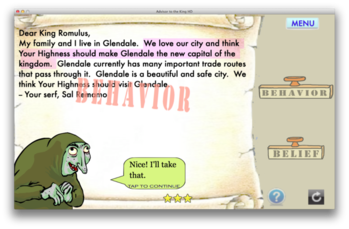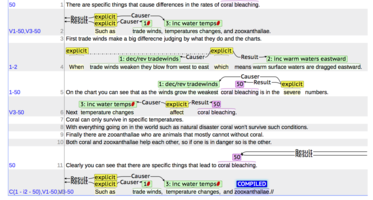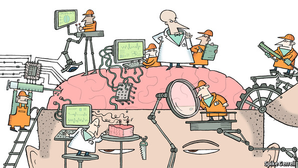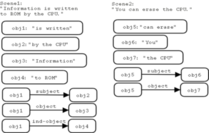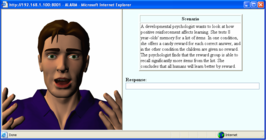Research
Students are smart: they only work as hard as they have to. But governmental standards are raising the bar. New STEM-related standards require students to identify arguments in texts that they read, to integrate ideas across texts, and to also interpret information from graphs and charts.
As part of the READI project under the Institute for Educational Science's Reading for Understanding program, we have been developing techniques for measuring student reading skills by automatically analyzing the explanations that they write.
Structured Latent Semantic Analysis (SLSA) is a response to the failures of traditional syntactic natural language understanding (NLU) and of statistical, corpus-based semantic NLU. SLSA is a hybrid NLU system which combines shallow parsing with vector-based semantics. The semantics are taken from LSA which uses word occurrence information in a large corpus to create vectors in a high dimensional space for each word and each document in the corpus. The similarity between words and documents is measured by taking the cosine of the vectors.
Peer tutors don't bring special techniques to the table. They don't even have deep understanding of their students' answers. Yet they are very effective at increasing student knowledge. The AutoTutor system, developed at the University of Memphis with Art Graesser, was the first of a new breed of tutoring systems that interact as peer tutors do.
Research Methods Tutor took the approach of AutoTutor, and brought it to a much more difficult domain -- Research Methods in Psychology -- and tested it in the context of a full quarter-long course, where it produced significant gains in student learning on top of regular classroom instruction.

